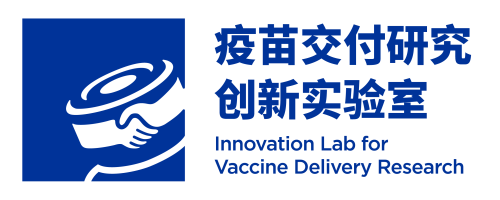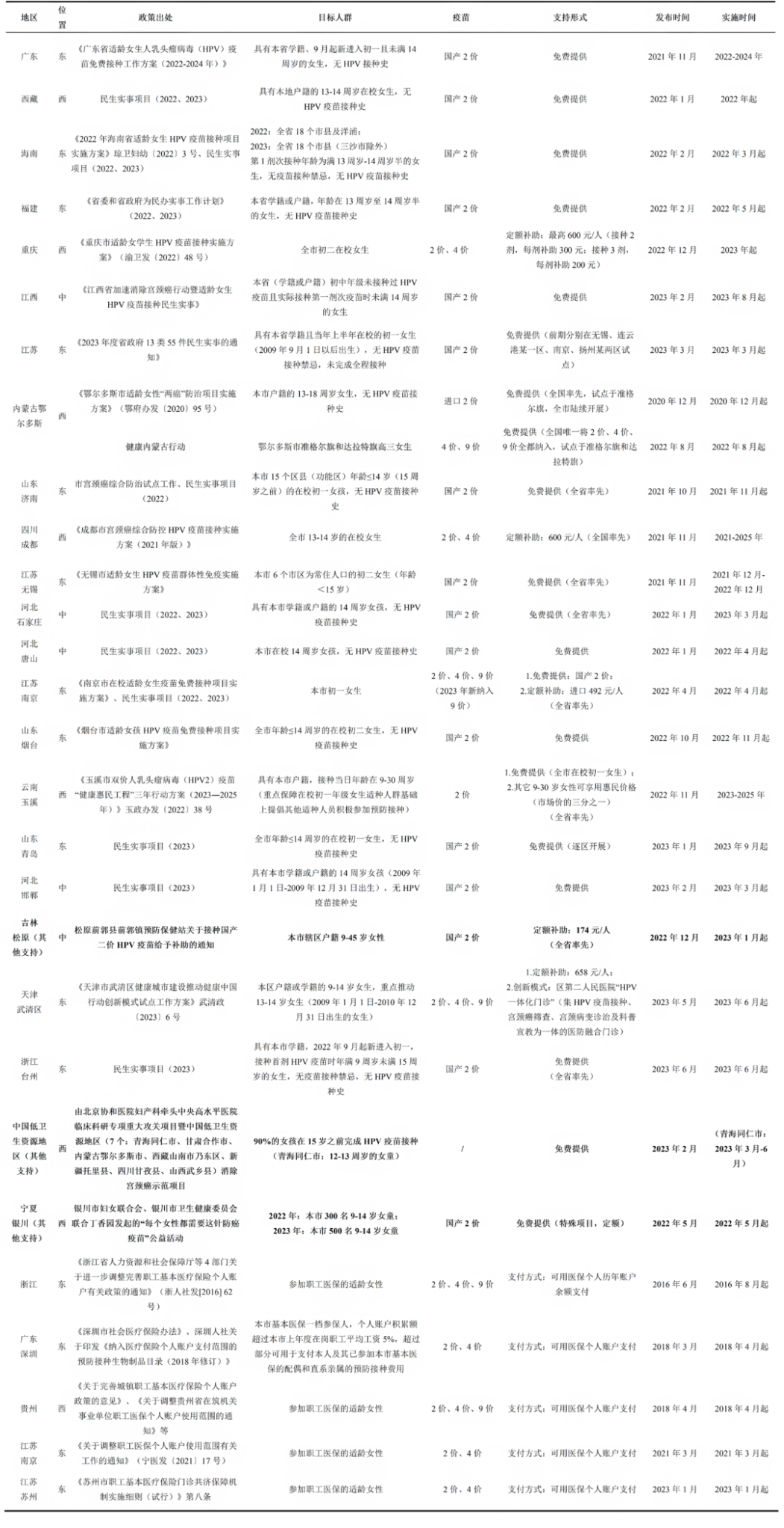Journal Content Recommendation
01
Reliability and validity study of the “5Cs” hesitancy scale for maternal influenza vaccination among pregnant and postpartum women
This study, conducted by Prof. Hong Jiang from Fudan University and Prof. Yanran Yang from Duke Kunshan University, and collaborators, was published in BMC Public Health. It aimed to develop and validate the Maternal Influenza Vaccine Hesitancy Scale specifically adapted for the Chinese maternal population, based on the 5Cs model of vaccine hesitancy. This model encompasses five psychological antecedents: Confidence, Complacency, Constraints, Calculation, and Collective Responsibility. The study sought to fill the gap in measurement tools for assessing influenza vaccine hesitancy during pregnancy in China.
A cross-sectional survey was conducted between January and March 2024 among 2,035 pregnant and postpartum women from nine provincial-level administrative divisions (covering eastern, central, western, and northeastern China) using a multi-stage stratified proportional sampling method. The scale’s reliability was assessed using internal consistency (Cronbach’s α) and split-half reliability, while its structural validity was examined using confirmatory factor analysis (CFA).
The CFA results confirmed a good model fit (RMSEA = 0.098, CFI = 0.921, TLI = 0.903, NFI = 0.918). The Cronbach’s α for the overall scale was 0.915, with subscales ranging from 0.802 to 0.958, indicating good internal consistency and reliability.
Findings showed that Chinese pregnant and postpartum women scored highest on the “Collective Responsibility” dimension (2.73 ± 0.63), while “Complacency” (2.16 ± 0.69) and “Constraints” (2.17 ± 0.69) were the lowest. This suggests that although the public generally recognizes the social value of vaccination, there is a lack of awareness about the risks of influenza infection and barriers remain in vaccine service accessibility.
The study concluded that the developed scale is a reliable and valid tool for assessing maternal influenza vaccine hesitancy in China. It recommended targeted health education interventions and service accessibility improvements to enhance vaccination uptake among pregnant and postpartum women, thereby reducing vaccine hesitancy.
https://doi.org/10.1186/s40249-025-01295-8
02
Comparative Analysis of Health Economic Evaluations for Different Influenza Vaccines and Vaccination Strategies in China: A Systematic Review
This article, published in Vaccines, was led by Prof. Hai Fang from Peking University. It systematically reviewed the health economic evaluations of influenza vaccines in China from 2015 to 2024, aiming to compare the cost-effectiveness of different influenza vaccine types and provide decision support for optimizing vaccination policies. A total of 1743 publications were identified through systematic screening, of which 25 studies (19 in Chinese and 6 in English) met the inclusion criteria. The cost-effectiveness results were standardized using the ratio of incremental cost-effectiveness ratio (ICER) to per capita GDP (ICER/threshold).
Among the included studies, the target populations were mainly older adults (52.0%), followed by children and adolescents, people with chronic diseases, and pregnant women. The vaccination strategies evaluated included trivalent inactivated influenza vaccine (TIV), quadrivalent inactivated influenza vaccine (QIV), trivalent live-attenuated influenza vaccine (LAIV), and non-vaccination as control. The results showed: (1) TIV demonstrated cost-effectiveness in 94.7% of the studies, with 21.1% of them identifying TIV as the most dominant strategy; (2) In studies comparing QIV to non-vaccination, 83.3% (5/6) found it cost-effective; (3) LAIV was cost-effective only when compared to non-vaccination but was inferior to QIV. Subgroup analyses suggested that vaccinating people with chronic diseases was the most cost-effective, followed by children and older adults.
The study recommends, under current resource allocation conditions, prioritizing TIV vaccination for people with chronic diseases, children, and older adults, while also paying attention to the pricing mechanism and potential economic improvements for QIV and LAIV. The study also pointed out that most existing evaluations are based on static models, and future studies should incorporate dynamic transmission parameters to more accurately capture the long-term population benefits of vaccination.
https://doi.org/10.3390/vaccines13030332
03
Cost-effectiveness of a behavioral insights-informed digital campaign to increase HPV vaccination in Bangladesh
This study, published in Human Vaccines & Immunotherapeutics, aimed to assess the cost-effectiveness of a behavioral insights-informed social media campaign designed to improve HPV vaccination uptake among girls aged 9–14 years in Bangladesh. Utilizing a quasi-experimental design, the researchers constructed a static cost-effectiveness model from the health system perspective, providing evidence to inform cervical cancer prevention strategies in resource-constrained settings.
The model integrated three key components: (1) the intervention cost of targeted social media campaigns; (2) vaccine procurement and cold chain logistics costs; and (3) medical expenditures averted through cervical cancer prevention. The health effect was assessed by estimating the disability-adjusted life years (DALYs) averted per vaccinated individual, using Global Burden of Disease parameters. Field trial data demonstrated a significant improvement in vaccine uptake in the intervention group compared with the control group (9.5% vs. 5.3%).
The analysis found that the marginal cost per additional girl vaccinated was USD 6.02, while the incremental cost-effectiveness ratio (ICER) per DALY averted was USD 39.57, substantially below the commonly accepted threshold for low- and middle-income countries (40% of GDP per capita). Moreover, when combined with a single-dose vaccination schedule, the digital campaign demonstrated considerable economic advantage. Compared to traditional two-dose regimens (approximately USD 158–890 per DALY averted), the cost-effectiveness of the Bangladesh model improved by 4–10 times.
The study concluded that behavioral insights-informed digital campaigns represent a highly cost-effective approach to bridge gaps in HPV vaccination coverage. It supports the inclusion of such strategies in national immunization programs, particularly in settings where conventional outreach efforts are limited by financial constraints
https://doi.org/10.1080/21645515.2025.2500264
04
Safety monitoring of health outcomes following influenza vaccination during the 2023–2024 season among U.S. Medicare beneficiaries aged 65 years and older
This study, published in Vaccine, employed a self-controlled case series (SCCS) design to systematically evaluate the safety of influenza vaccination among U.S. Medicare beneficiaries aged 65 years and older during the 2023–2024 influenza season. The analysis utilized claims data from both the Medicare Fee-for-Service (FFS) and Medicare Advantage (MA) populations, focusing on eight predefined adverse clinical outcomes*, using conditional Poisson regression models to estimate incidence rate ratios (IRRs) comparing the 22–42 day post-vaccination risk period with the control period. Adjustments were made for time-dependent observation bias, seasonality, and outcome misclassification.
The study included approximately 20.26 million older adults who received influenza vaccination, with roughly half having received the high-dose quadrivalent inactivated influenza vaccine (HD-IIV4). The key findings indicated no statistically significant increased risk for most outcomes, including anaphylaxis, encephalitis/encephalomyelitis, Guillain-Barré syndrome (GBS), transverse myelitis, or hemorrhagic stroke, during the post-vaccination risk window.
However, a small but statistically significant increased risk was observed for the composite outcome of non-hemorrhagic stroke/transient ischemic attack (NHS/TIA) during the 22–42 day risk window after HD-IIV4 administration in both FFS (IRR: 1.07; 95% CI: 1.01–1.14) and MA (IRR: 1.10; 95% CI: 1.02–1.17) populations, as well as among MA beneficiaries receiving any influenza vaccine (IRR: 1.11; 95% CI: 1.01–1.22). Additionally, in the MA population, a statistically significant increase was observed for TIA alone (IRR: 1.12; 95% CI: 1.00–1.25) within the same risk window.
The study concluded that while there is a modest increase in certain cerebrovascular risks during specific post-vaccination windows, the overall benefit-risk balance remains highly favorable for influenza vaccination in this high-risk elderly population. The authors recommended continued promotion of influenza vaccination among older adults while maintaining ongoing safety monitoring.
*The monitored outcomes included anaphylaxis, encephalitis/encephalomyelitis/acute disseminated encephalomyelitis (ADEM), Guillain-Barré syndrome (GBS), transverse myelitis, hemorrhagic stroke, non-hemorrhagic stroke, transient ischemic attack (TIA), and the composite outcome of non-hemorrhagic stroke/TIA.
https://doi.org/10.1016/j.vaccine.2025.127069
Policy Updates
01
Respiratory syncytial virus vaccination in pregnancy – Position statement by the European board and college of obstetrics and gynaecology (EBCOG)
The European Board and College of Obstetrics and Gynaecology (EBCOG) has recently issued an official position statement, explicitly supporting the routine administration of a single dose of 120 μg bivalent respiratory syncytial virus prefusion F protein–based (RSVpreF) vaccine during early third trimester of pregnancy to effectively reduce the incidence and hospitalization risk associated with RSV-related diseases in both mothers and infants.
Based on the current clinical evidence and the epidemiological burden, EBCOG recommends that all pregnant women receive a single dose of RSVpreF vaccine during the early third trimester to ensure protection for both the mother and the newborn. Due to lack of data on the safety and effectiveness of repeat vaccination in subsequent pregnancies, EBCOG does not recommend revaccination with RSV vaccine during subsequent pregnancies for those previously vaccinated. Instead, infants born to mothers vaccinated during a prior pregnancy should receive the long-acting monoclonal antibody nirsevimab before entering their first RSV season to ensure optimal protection.
https://doi.org/10.1016/j.ejogrb.2025.113978
02
Vaccination of people with solid tumors and diabetes: existing evidence and recommendations
This consensus statement, published in the Journal of Endocrinology Investigation, was jointly developed by several Italian academic societies, including the Italian Association of Medical Oncology (AIOM) and the Italian Society of Diabetology (SID). It represents the first comprehensive integration of evidence-based medicine on vaccination in the context of comorbidity between diabetes and cancer. Through a Delphi methodology, the expert panel reached a consensus, addressing the existing gap in international guidelines regarding immunization for patients with coexisting diabetes and cancer.
Based on epidemiological data and immunological research, the statement explicitly identifies patients with solid tumors (including those undergoing chemotherapy or radiotherapy) and concomitant diabetes as a high-priority group for vaccination. The evidence indicates:
- Inactivated vaccines (such as influenza and COVID-19 vaccines) are safe and immunogenic in this population, but should ideally be administered outside periods of chemotherapy or radiotherapy to optimize the immune response;
- For pneumococcal vaccination, a sequential strategy is recommended using conjugate vaccines (PCV15 or PCV20) followed by the polysaccharide vaccine (PPSV23);
- Recombinant zoster vaccine (RZV) is strongly recommended for preventing herpes zoster infections, particularly in those aged ≥50 years or individuals with immunosuppression. Additionally, live attenuated vaccines (e.g., measles and varicella vaccines) are strictly contraindicated during periods of immunosuppression.
The consensus further emphasizes that the coexistence of diabetes and cancer exacerbates immune system vulnerabilities, potentially impairing vaccine responses. Therefore, it advocates for proactive vaccination strategies to be implemented at the earliest stages of clinical management, aiming to complete the recommended immunization schedule prior to initiating cancer treatments.
https://doi.org/10.1007/s40618-025-02586-5
Content Editor:Ziqi Liu
Page Editor:Ziqi Liu





